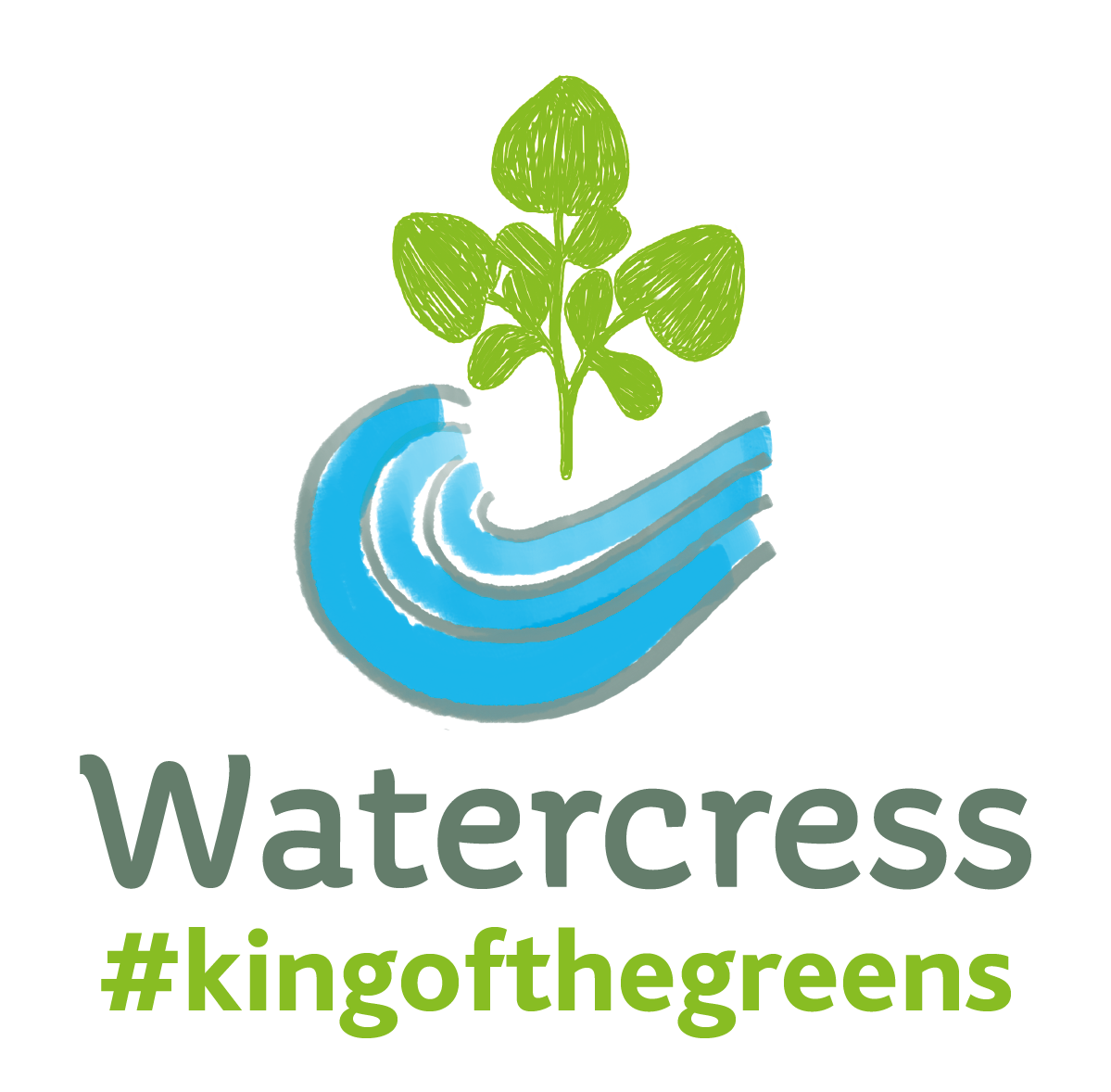Watercress to soothe eczema Episode 6
I am a mummy on a quest against eczema flare ups on my little boy. Unsatisfied with the temporary relief his prescribed steroid creams offered, I explored alternative solutions involving changing his diet and using different creams. I was delighted when I was accepted onto the Watercress Ambassador programme as I’d read and heard a lot about the health benefits watercress offers but also the positive effects it can have on skin.
We have been including more watercress in our diets for seven weeks now and I have developed tactics to incorporate it into my son’s meals - some more cunning than others!
Week 7 Day 1
Working on the success of making the watercress stick to other food so it can’t be picked out, I added chopped watercress to chopped boiled eggs for my little one’s lunch. The sandwich was then cut into the fail safe shape of triangles and was a success! It was great to see my toddler smiling and enjoying his lunch with no fuss.
Facts about the Sandwich
The modern version of the sandwich we all know today is said to have been ‘invented’ in 1762 by John Montagu, the 4th Earl of Sandwich. An avid gambler, it is said that he called to his chef to bring him something he could eat with his hands which would mean his game of cards could continue uninterrupted
The first sandwich that was brought to the Earl was filled with beef and watercress. Of course, meat and bread were staples long before he tucked into one while playing cards, but he gave rise to the concept of having one as a convenient meal while getting on with other things!
The sandwich could have been known as 'the portsmouth’. This is because when the 1st Earl, Edward Montagu, was offered a title he was given the choice of becoming the Earl of Sandwich or the Earl of Portsmouth. He chose the title of Sandwich!
In Britain we celebrate quite possibly the most iconic British culinary invention, the Sandwich for a whole week in British Sandwich Week - this year it runs from 19th - 26th May 2019.
In Britain alone we buy over 3.5 billion sandwiches a year and that doesn’t account for the millions we make for ourselves
Add to that number now and make one of these delicious sandwiches: rare roast beef and watercress; smoked trout and watercress baguette or a roasted pepper & cream cheese bagel
But now back to the trials and tribulations of feeding a toddler!
Week 7, Day 2
For dinner I added watercress to white rice along with sliced mushrooms which I pan fried with a dash of oyster sauce. It was a hit with my little one!
Week 7, Day 3
For lunch I made a quick and simple slice of bread with cheese spread, chopped watercress and smoked salmon on top. I thought the cheese spread would be “sticky” enough to make the watercress stick to it and if I put the smoked salmon on top to hide it, my little one wouldn’t pick it out. He wasn’t fooled! He ate the smoked salmon and left the slices of bread! Clearly I needed to be more cunning!
Week 7, Day 4
I didn’t manage a food shop before lunch and so had to rustle up something with what we had in the cupboards and fridge. This was not my finest parenting moment but, feeding my son my favourite comfort food, instant noodles, proved a success! I added the watercress to the instant noodles and as it cooked, they took on a light watercress flavour. I popped in some turkey slices for protein and to add some nutrients to the dish. My little one loved it! I think it was the novelty of the noodles being squiggly and fun. I used scissors to make them shorter and easier for him to spoon.
Something about Noodles
Noodles are a hugely versatile carbohydrate that are very popular today. The Chinese, Arabs and Italians have all laid claim to being the first to create noodles but the earliest record appears in a book written between AD 25 and 220 in China.
Noodles have been a staple food in many parts of the world for at least 2000 years, but in 2005 the oldest noodles ever found, were discovered inside an overturned sealed bowl buried under three metres of sediment in Qinghai, northwest China. Scientists determined the 4,000 year old, long, thin yellow noodles were made from broomcorn millet and foxtail millet and show a fairly high level of food processing and culinary sophistication.
A noodle includes all varieties from all origins, but wherever they originated, noodles have maintained their popularity over the centuries and owe their longevity to a combination of being relatively cheap yet nutritious and filling, quick to prepare, can be eaten hot or cold, can be stored for years and can be transported easily.
To see how versatile they are try these recipes from The Watercress Company which include a soup - oriental seafood soup with watercress and ginger; or a stir fry - hoisin pork with stir fried watercress; or a classic Teriyaki salmon with watercress and soba noodles






